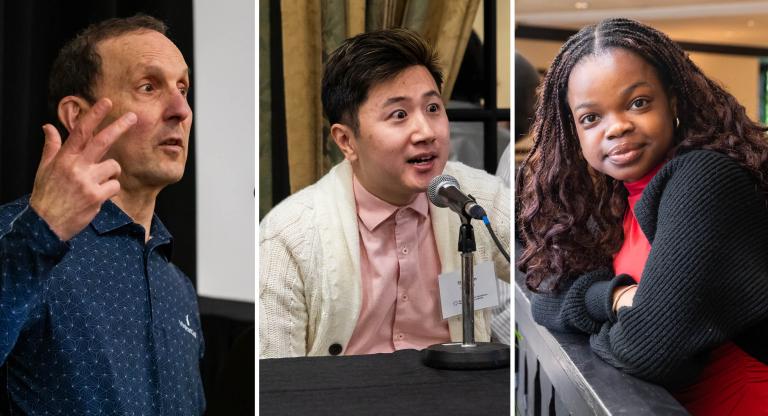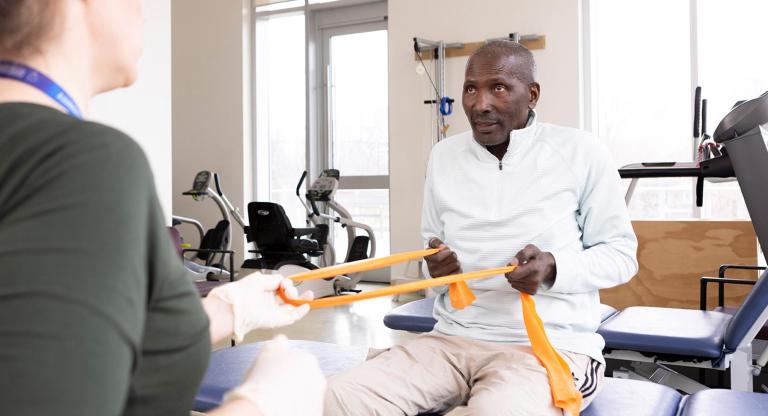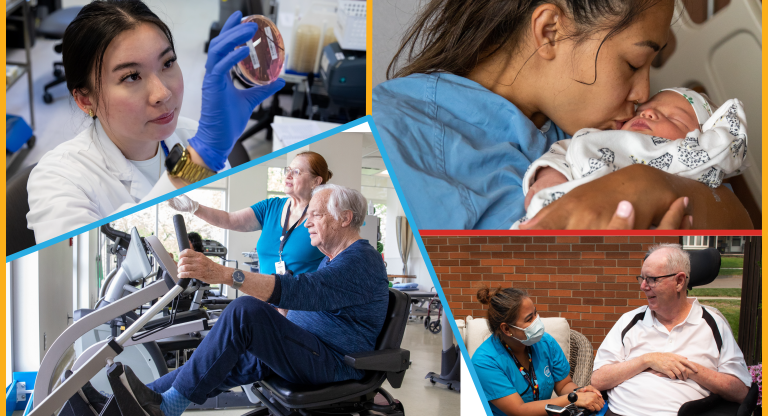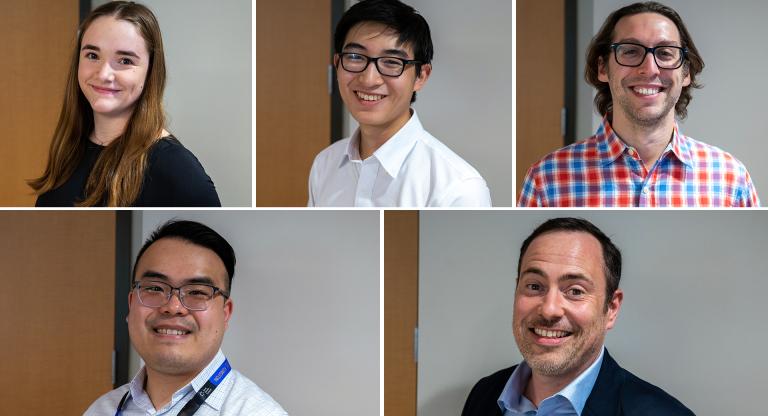People of Sinai Health: Dr. Heather MacNeill
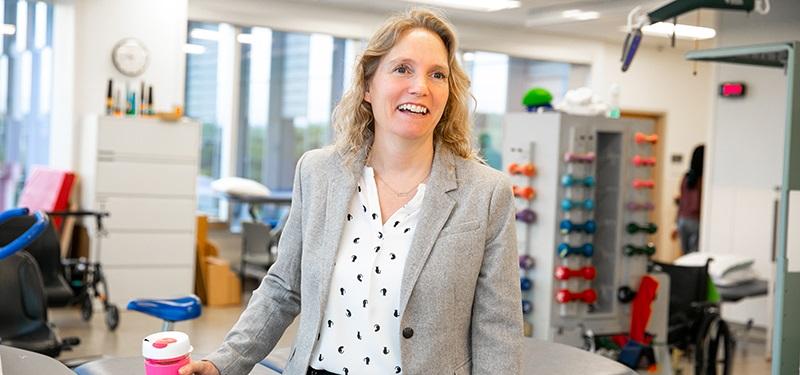
How long have you been a physician at Hennick Bridgepoint and do you have any other affiliations?
Many people may remember me waddling, very pregnant, down the halls in 2006 when I started working at Hennick Bridgepoint, and now my son is turning 17! I am a stroke physiatrist and the Medical Director of Stroke Rehabilitation at Sinai Health. I also have a role as Faculty Lead, Educational Technologies, Continuing Professional Development, Faculty of Medicine at the University of Toronto and teach a master’s course in educational technologies at the Dalla Lana School of Public Health.
What is a physiatrist?
A physiatrist works with patients to maximize their function and quality of life. Just as a cardiologist looks at someone’s heart and a nephrologist cares for someone’s kidneys, a physiatrist’s “organ” is function—how patients walk, talk, think, speak, socialize, and take care of themselves or others. A famous physiatry quote is “adding years to life and life to years.”
Typically, physiatrists work with patients who have neurological or musculoskeletal issues, but we also work in a variety of rehab settings such as cardiorespiratory, pediatrics and prosthetics or orthotics. Because of the complexity of rehab care, we often have the privilege of getting to know our patients and caregivers over a prolonged time. We are part of a whole team of professionals who collaborate to help patients work towards their rehabilitation goals.
What is it like to work on the stroke team?
We have a fantastic team on the third floor of Hennick Bridgepoint who are dedicated and passionate about what they do. I am proud to be part of a team that has earned the Stroke Distinction designation from Accreditation Canada. We are currently preparing for a site visit from Accreditation Canada this fall as we aim to achieve Stroke Distinction for the fourth time. Stroke Distinction allows us to push the boundaries in providing the best possible care and gives us the opportunity to reflect on all the great work we do.
Can you tell us about any innovative projects that you have worked on?
Our team developed a stroke education series for patients and caregivers and these six modules are now available as videos in six languages to better serve patients in our communities. These videos have now been viewed all over the world. We have also worked on a project to bring new, easier-to-wear Holter heart monitors to the unit. Another aspect of stroke rehabilitation I’m interested in is how the use of apps could support rehabilitation and recovery. We recently published a paper on this subject in the Journal of Neuroengineering and Rehabilitation.
My main academic interest is in using technology for health-care education. We recently published an international Guide to Online Learning. This has been a very hot topic during the pandemic. I’ve had opportunities to work with others all over the world on publications and been invited to give talks on online learning. Beyond the pandemic, health-care education is continuing to evolve with new delivery modes and even the use of artificial intelligence.
What do you do in your spare time?
Work-life integration is a constant challenge for just about everyone today. I’m trying to have a more balanced life. I love spending time with my family, skiing, enjoying the beach and travelling. I’ll be walking part of the West Highland Way in Scotland this summer with my daughter.









